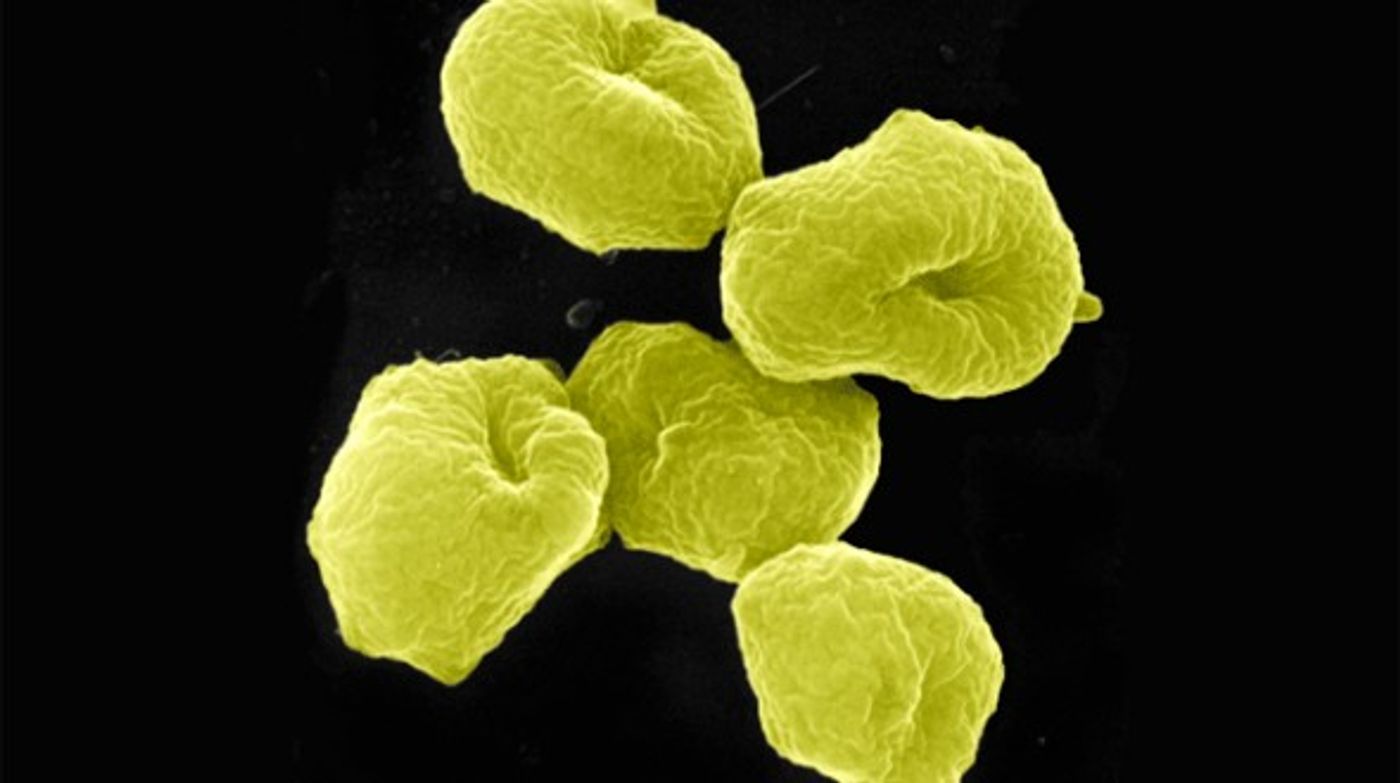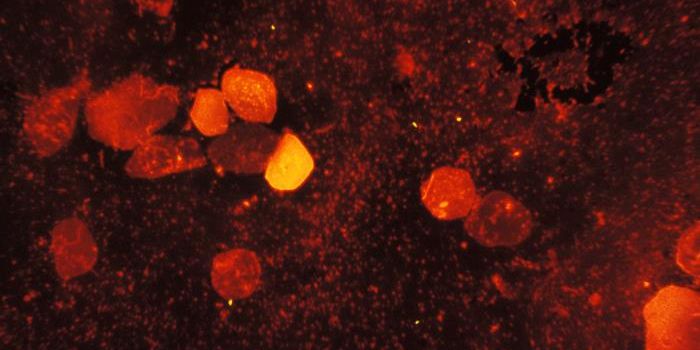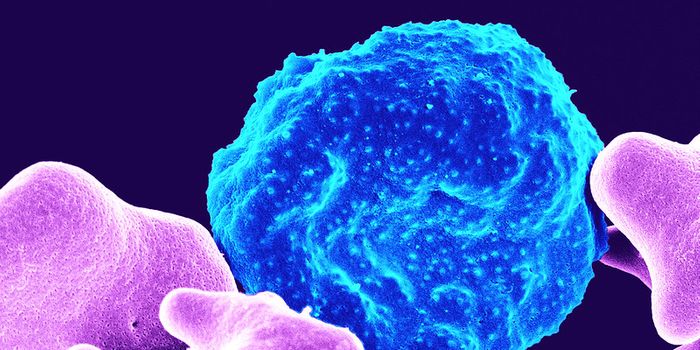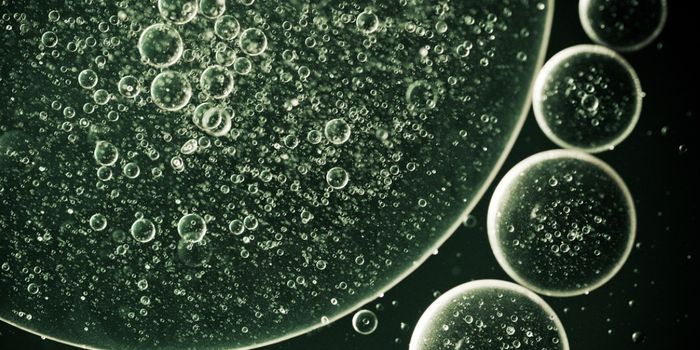Better Know a Microbe: Archaea
Just call them archaea (ar-kee-uh) - archaebacteria are no more.
Archaea were once considered to be quite similar to bacteria, but these prokaryotes are just weird enough to be classified in their own domain of life - right up there with Eukarya and Bacteria. Woese and Fox made their discovery by scrutinizing over ribosomal RNA fragments, describing how they differed from bacteria and eukaryotes.
Image: Science Photo Library
The archaea were described in 1977 by Carl Woese and George E. Fox. They insisted that these organisms consituted a third domain of life, in addition to bacteria and eukaryotes, creating a three-domain system.
Most archaea look just like bacteria, but some come in very unique shapes. Haloquadratum walsbyi, as the name suggests, is square-shaped! Their cell walls are also pretty different. Archaeal cells are surrounded by an outer cell wall and a cell membrane that enclose the cytoplasm, somewhat like a Gram-positive bacterium.
The archaeal cell wall and membrane are unique in at least 4 ways. 1) The chirality of glycerol that makes up the phospholipids differs - it is a mirror image to that which makes up bacterial and eukaryotic membranes. 2) The phospholipids contain ether instead of esther linkages. This changes the chemical properties of the membrane. 3) The phospholipids aren't made of fatty acids, they're made of isoprenoid chains. Finally, 4) the isoprenoid chains can be linked together, giving the membrane unique qualities - these linkages may provide extra stability, allowing the archaea to live in extreme environments.
When I think of archaea, I think of just that - organisms that live in extreme environments, so-called extremophiles. Many archaea live in hot springs, near thermal vents, or in salty lakes. They can live at temperatures above 100oC and at salinities greater than 25% - that's hot and salty! Archaea in the genus Methanopyrus can actually reproduce at 122oC! These little guys can also live in very acidic conditions - Picrophilus torridus grows at pH 0. That's like, as acidic as it gets.
Genetically, archaea are also distinct from eukaryotes and bacteria. Up to 15% of archaeal proteins are unique to archaea - many of these proteins are involved in methanogenesis. On the other hand, gene transcription in archaea is more similar to eukaryotic transcription than bacterial. The archaeal RNA polymerase is quite similar - in structure and function - to eukaryotic RNA polymerase II. That being said, archaeal transcription factors are more similar to bacterial than eukaryotic ones. When it comes to reproduction, archaea reproduce asexually by binary fission, multiple fission, fragmentation, or budding. While the modes of division are similar to bacteria, the archaeal DNA polymerase is more eukaryotic.
For the most part - archaea just want to get along. There are no examples of archaea acting as pathogens or parasites. In one case of mutualism, protozoa and methanogenic archaea interact in the digestive tracts of animals that eat cellulose. The protozoa break down the cellulose to produce hydrogen. Excess hydrogen reduces how much energy the protozoa can produce, so the archaea convert the hydrogen to methane. One methanogen, Methanobrevibacter smithii even lives as a commensal in the human gut!
Finally, we wouldn't be good humans if we didn't use archaea to our own advantage, am I right? Because some archaea live in really hot environments, their enzymes have to be able to function in these environments too. Molecular biologists have isolated thermostable DNA polymerases to use for polymerase chain reactions and other applications. Other enzymes - amylases and galactosidases - are used to process food at high temperatures. Last, but not least, archaea are a potential source of new antibiotics. So-called archaeocins are structurally different from typical antibiotics. This means that they may have a unique mode of action that could thwart antibiotic-resistant microbes.
Sources: UC Berkeley, Wikipedia, The Scientist, University of Illinois









